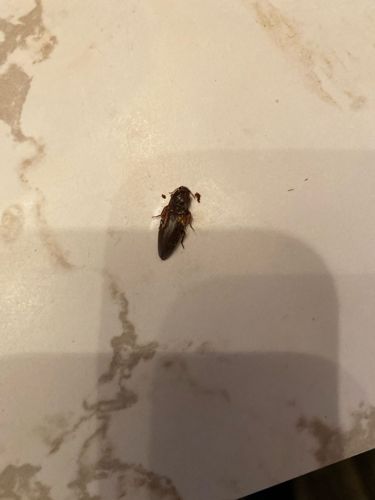Click Beetle
Scientific Name: Family Elateridae
Order & Family: Order Coleoptera, Family Elateridae
Size: Most click beetles range from 1/4 inch to 1 inch (6 mm to 25 mm) in length, though some tropical species can be larger.

Natural Habitat
Click beetles are found in a wide variety of habitats, including forests, grasslands, agricultural fields, gardens, and sometimes indoors, especially if attracted by lights or accidentally carried inside.
Diet & Feeding
Adult click beetles primarily feed on nectar, pollen, decaying plant matter, or sap. The larvae, often called 'wireworms,' are generally omnivorous or phytophagous, feeding on roots, seeds, and underground stems of various plants, sometimes including crops. Some wireworm species are predatory on other soil insects.
Behavior Patterns
Click beetles are known for their unique defense mechanism: when overturned or threatened, they can 'click' by rapidly flexing a specialized spine on their prothorax into a groove on their mesothorax, launching themselves into the air and often righting themselves. They are typically nocturnal and attracted to lights. Their larvae (wireworms) live in the soil for several years before pupating.
Risks & Benefits
The primary risk associated with click beetles comes from their larval stage, wireworms, which can be significant agricultural pests, damaging crops like corn, potatoes, and other root vegetables by feeding on seeds and roots. Adult click beetles are generally harmless to humans and do not bite or sting. In some cases, predatory wireworm species can be beneficial for controlling other soil pests.
Identified on: 10/12/2025